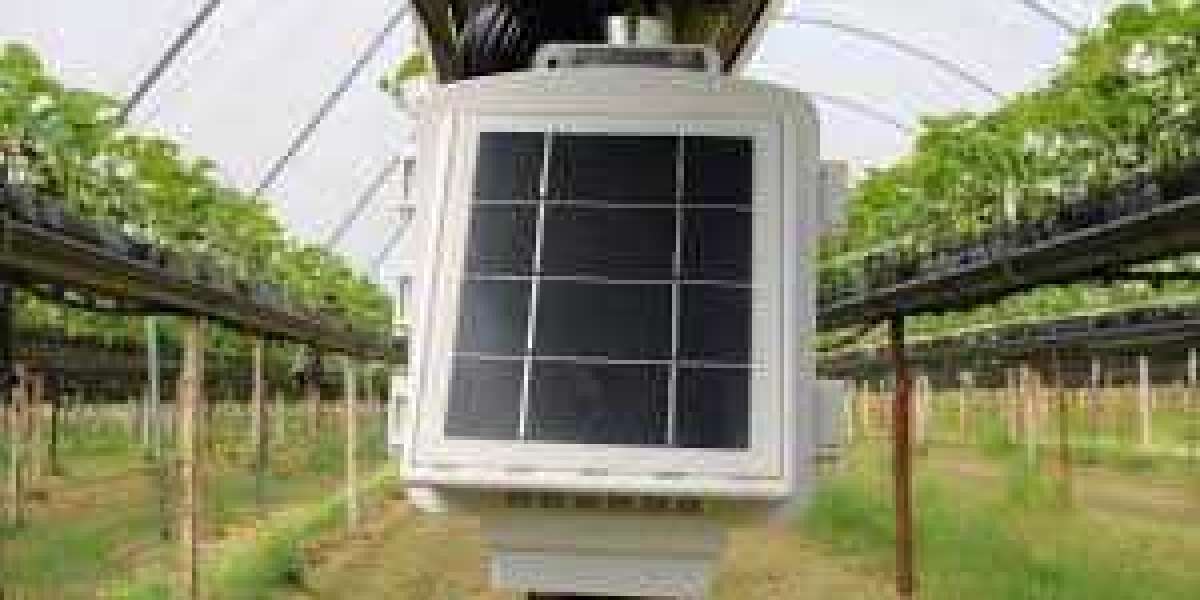Let's face it, the weather reports can be quite boring through the summer months. But, there are few issues with weather stations that hamper their performance during the winter months, and these issues become more obvious the farther north you go into the norther United States and Canada.
What is this issue?
Batteries.
The colder it gets, the worse they perform.
Most car batteries (flooded lead acid deep cycle) will offer specifications regarding performance degradation as the temperature changes. Unfortunately I have yet to see such information provided by manufacturers for NiMh rechargeable AA batteries or other types. So, I thought I would write this quick article to give you some numbers to remember.
Alkaline Batteries... Think freezing
You can expect these to be able to provide power to your outside weather station sensors down to about 30 degrees Fahrenheit (0 Celsius). The chemistry starts to have problems below this temperature, and unless your batteries are fairly new, you may see weak batteries fail altogether (although they may work again indoors once they warm-up a bit, so don't necessarily throw them out!)
NiMh Rechargeables... Below freezing
These batteries are able to get below freezing, approximately down to 15F (-10C). But, although they will function, they will lose some capacity, so expect to recharge them more frequently than normal to keep them working.
Lithium AA's... The best option
These are the relatively new Lithium AA camera batteries by Energizer others. Lithium is the most reliable chemistry in cold weather, getting down as low as -20F (-30C). Remember that these are NOT rechargeable like other lithium cells, and should NOT be placed in a NiMh AA charger. AcuRite 00611A3
One more note.
In the case of portable hand held weather instruments, and home weather stations with remote sensors that feature LCD displays, you will notice that even though you might be using lithium batteries, the display goes blank just below freezing. This is because the LCD becomes inoperable in freezing temperatures. Not to worry though. Either keep the meter close to you until you need to take it out for a measurement, or simply trust that the device is registering data even though you can't see the display. Home weather stations will display the remote sensor data on their indoor screen, so you will know if there is a problem.
Search
Popular Posts








